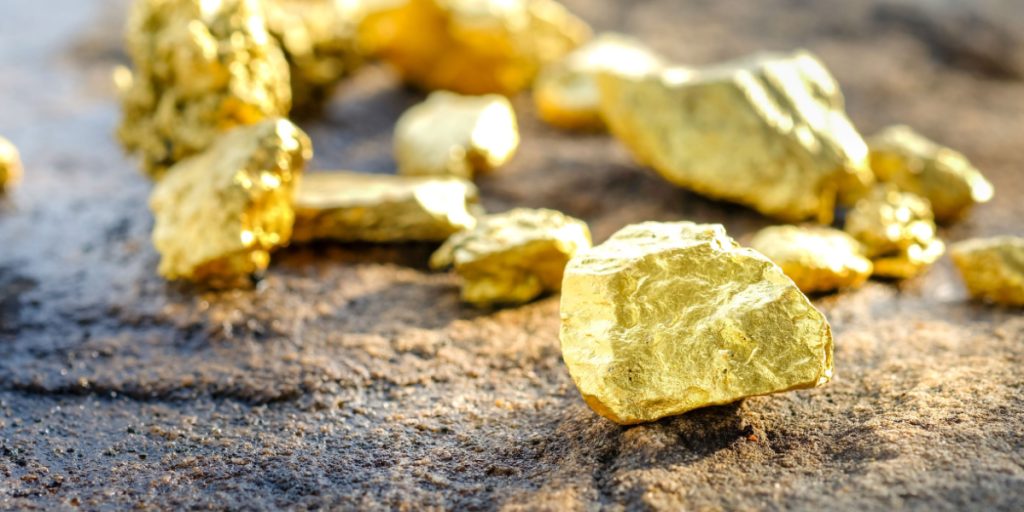Gold is a symbol of wealth. But how exactly is gold formed, and can it be artificially produced?
Others are reading now
Gold, a precious metal that has served as money and a symbol of wealth for centuries, has an origin that is both cosmic and extraordinary.
Unlike many elements found on Earth, gold is not produced through typical geological processes.
Instead, it is formed in some of the most powerful events in the universe.
Cosmic Origins
According to the scientific magazine Illustreret Videnskab, gold atoms are primarily created in the violent collisions between neutron stars.
Also read
Neutron stars are incredibly dense remnants of supernova explosions, containing about two to three times the mass of the Sun within a diameter of just a few kilometers.
When two neutron stars collide, most of their mass is compressed into a black hole, but some of it is ejected into space as a glowing cloud of gas.
This gas cloud is rich in free neutrons, which can be captured by lighter atoms like hydrogen and helium, converting them into heavier elements, including gold.
These newly formed gold atoms are then scattered throughout the universe.
Alternative Theories
Another theory suggests that gold can also be created in supernovae, the explosive deaths of massive stars.
When a star exhausts its nuclear fuel, it collapses under its own gravity, causing the materials in its core to be compressed with such force that they fuse into heavier elements, such as gold.
This gold, along with other elements, is then dispersed into space, eventually becoming part of new star systems and planets, including Earth.
The gold we find on Earth today likely originated from these cosmic events.
Over billions of years, gold from these stellar explosions became part of the dust and gas that formed our solar system, eventually ending up in the Earth’s crust.
Can Gold Be Made in a Lab?
Gold can also be synthesized in laboratories, though the process is extremely expensive and impractical for large-scale production.
The first successful creation of gold in a lab was in 1941 when scientists bombarded mercury with neutrons.
But this gold was radioactive and decayed into other elements.
In 1980, scientists managed to create stable gold by removing protons and neutrons from bismuth, a much heavier element. Despite this achievement, the process remains so costly that it is not a viable method for producing gold commercially.
As of 2022, an estimated 264,000 tonnes of gold have been discovered on Earth, according to the U.S. Geological Survey (USGS).


